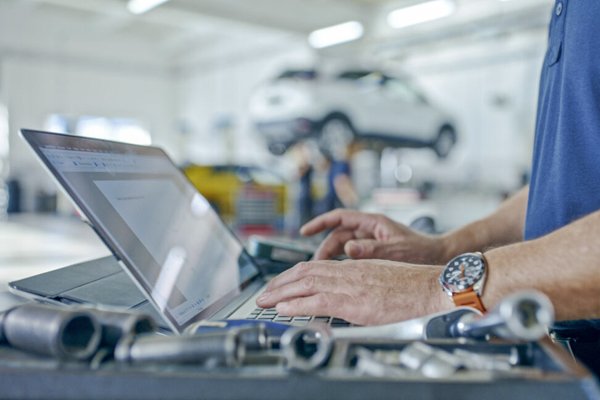5 Common Car Repairs Mechanics Often Overcharge For and How to Avoid It
AutoVisor360 Insight: Real Answers Before the Repair
At AutoVisor360, we talk to drivers every day who’ve been hit with vague explanations, confusing invoices, and inflated estimates. Most mechanics are honest, but let’s be real - some shops still rely on technical jargon and pressure tactics to pad their profits. If you’ve ever gotten that uneasy feeling after hearing “We noticed something else while we were under there,” this one’s for you.
Here’s a breakdown of five repairs that often cost more than they should - and how to stay one step ahead of the upsell.
1. Brake Jobs — The Classic Overcharge
Brakes are critical, but they’re also one of the most common areas for inflated pricing. A basic brake pad replacement usually costs a few hundred dollars, yet it’s not uncommon for quotes to reach $900 or more.
Why it happens: Some shops automatically push new rotors when a simple resurfacing would do. Others add mystery charges like “caliper service” or “hardware kits” without explaining why they’re needed.
What to do:
Ask for part numbers and compare them with OEM or reputable brands like Brembo or Raybestos.
Check the average market range — standard brake jobs run about $300–$800 total.
Don’t be afraid to say, “Show me why those rotors can’t be resurfaced.”
A little questioning goes a long way — and can easily save you hundreds.
2. Engine Diagnostics — Paying Too Much for a Code Scan
A check-engine light can make anyone nervous, and some shops take advantage of that by charging over $100 just to “scan and interpret” the code. The truth? Plugging in an OBD-II scanner takes less than two minutes.
Reality check: You can buy your own reader for under $100 — popular models like BlueDriver or FIXD even connect to your phone and give clear explanations.
What to do:
Ask what specific code they found and what it usually means.
Confirm whether the diagnostic fee will be applied toward the repair (it should be).
If the mechanic gets vague or defensive, get a second opinion.
Knowing the code puts the power back in your hands — and prevents being charged for “mystery diagnostics.”
3. Battery Replacements — Quick Fix, Hidden Markup
Replacing a car battery is one of the simplest jobs there is. Most parts stores even install them for free. Yet many repair shops still add hefty labor charges or upsell premium models that your car doesn’t need.
What to do:
Ask which brand and capacity they’re quoting and compare prices yourself.
Confirm if a “reset” or “relearn” procedure is truly necessary — many times, it’s not.
Return your old battery for the core refund, which can save another $20–$30.
If the shop’s quote feels padded, buy your own battery and have it installed elsewhere (or DIY if you’re comfortable).
4. Suspension Repairs — When Preventive Turns Profitable
Suspension components wear over time, but replacing them all at once is rarely necessary. Some shops recommend full “packages” — new struts, control arms, and tie rods — when only one or two parts are actually worn.
What to do:
Ask to see the issue in person or request photos.
Replace only what’s actually worn or leaking.
Verify part brands and warranties before approving the work.
Typical suspension repair costs range widely — from $1,000 to $5,000 — but often, a good inspection reveals that only a fraction of that work is needed.
5. AC Repairs — Small Leaks, Big Invoices
Air-conditioning systems are another favorite upsell. Some shops skip proper leak testing and jump straight to recommending a full system replacement. In reality, your AC might just need a recharge or a $20 O-ring.
What to do:
Ask what tests they’ll perform. UV dye and electronic leak detectors should always be used.
A recharge typically costs $250–$300; full compressor jobs run over $1,500 — so make sure you know which one you’re getting.
Never replace parts until the leak’s exact source is confirmed.
Skipping the diagnostic step just leads to repeat visits and wasted money.
AutoVisor360 Takeaway: Clarity Over Confusion
At AutoVisor360, we’re here to help you understand what’s really happening under the hood — before you spend a dime.
Repairs shouldn’t feel like guesswork or pressure sales. By asking the right questions, requesting proof, and knowing what’s normal, you’ll walk into every shop with confidence instead of concern.
If you’re ever unsure about a quote, get a second opinion or send it our way. We’ll help you figure out what’s real, what’s optional, and what’s overpriced — because with AutoVisor360, you always get clarity before the cost.


